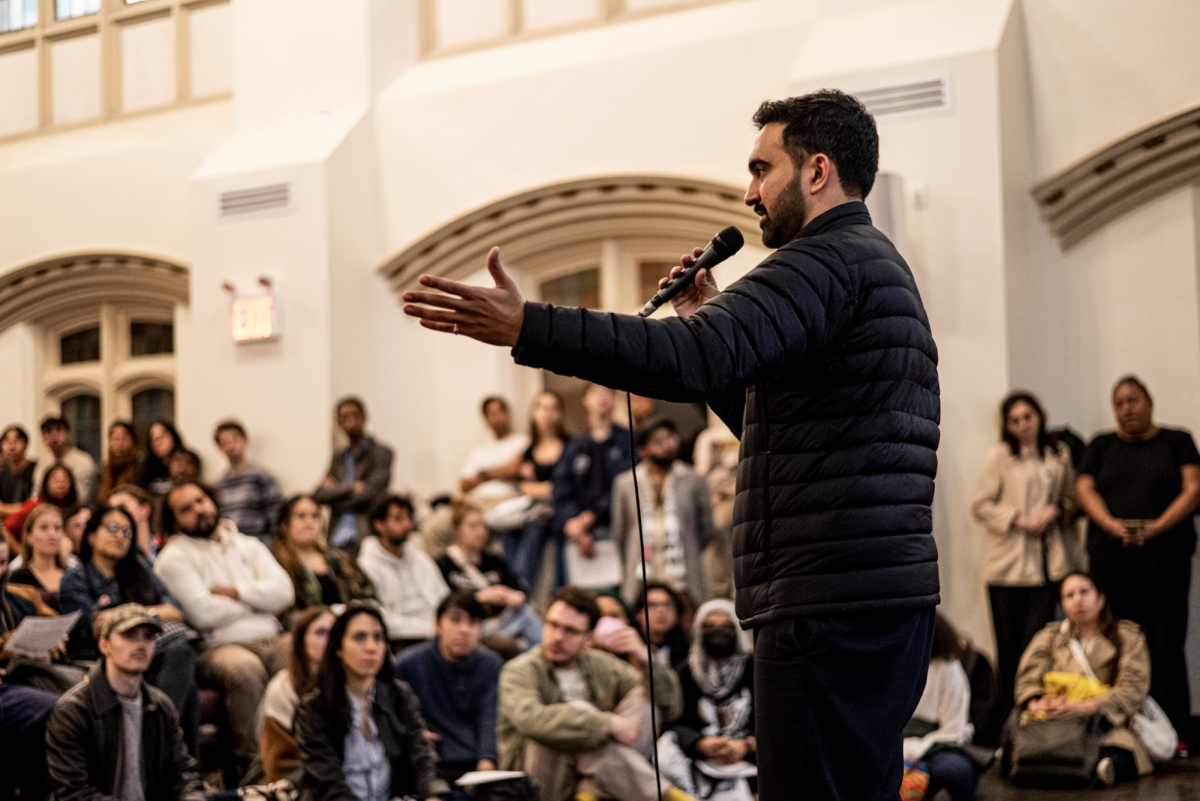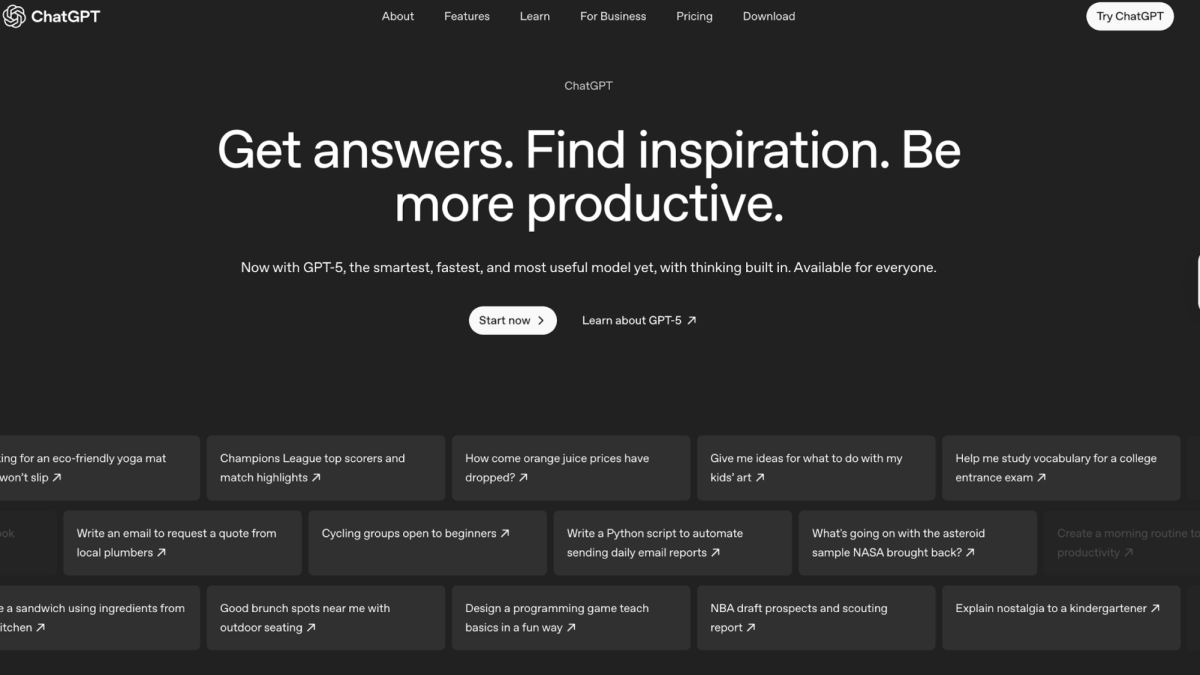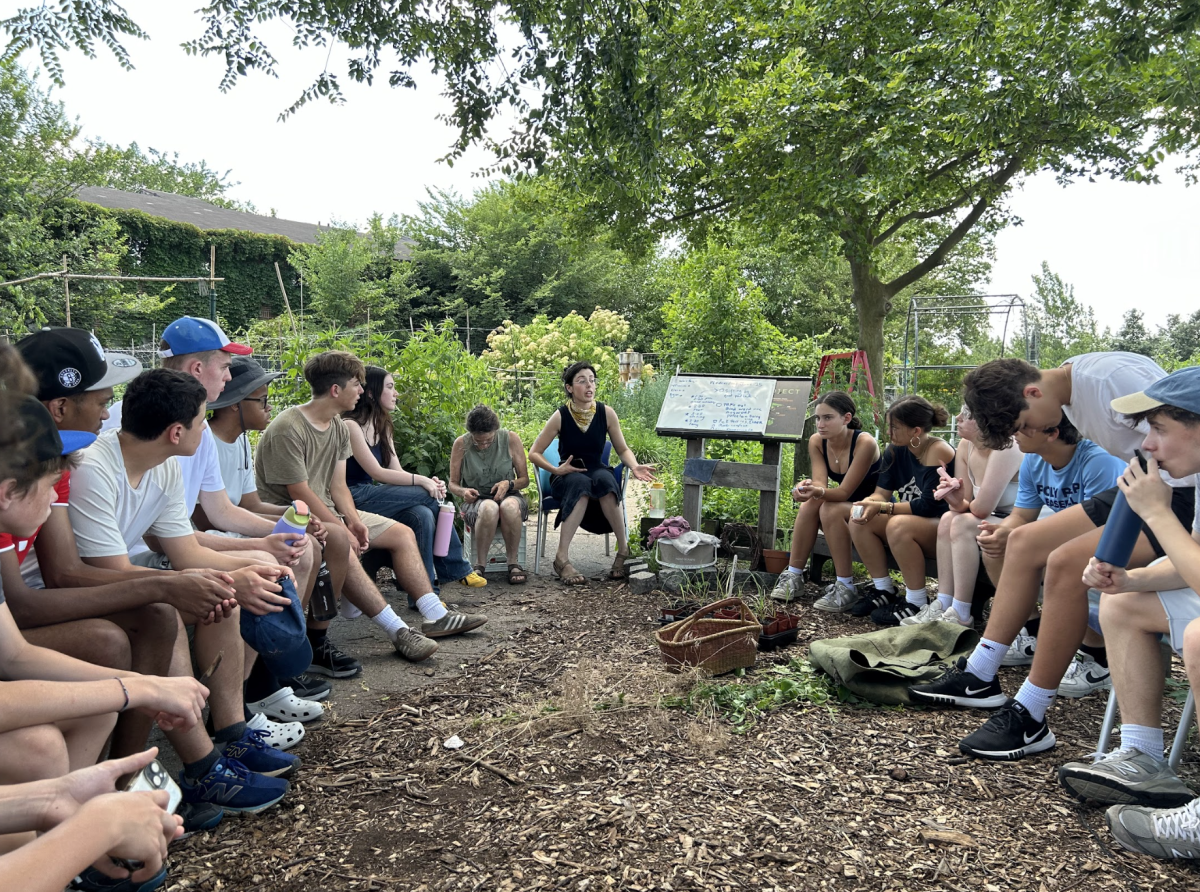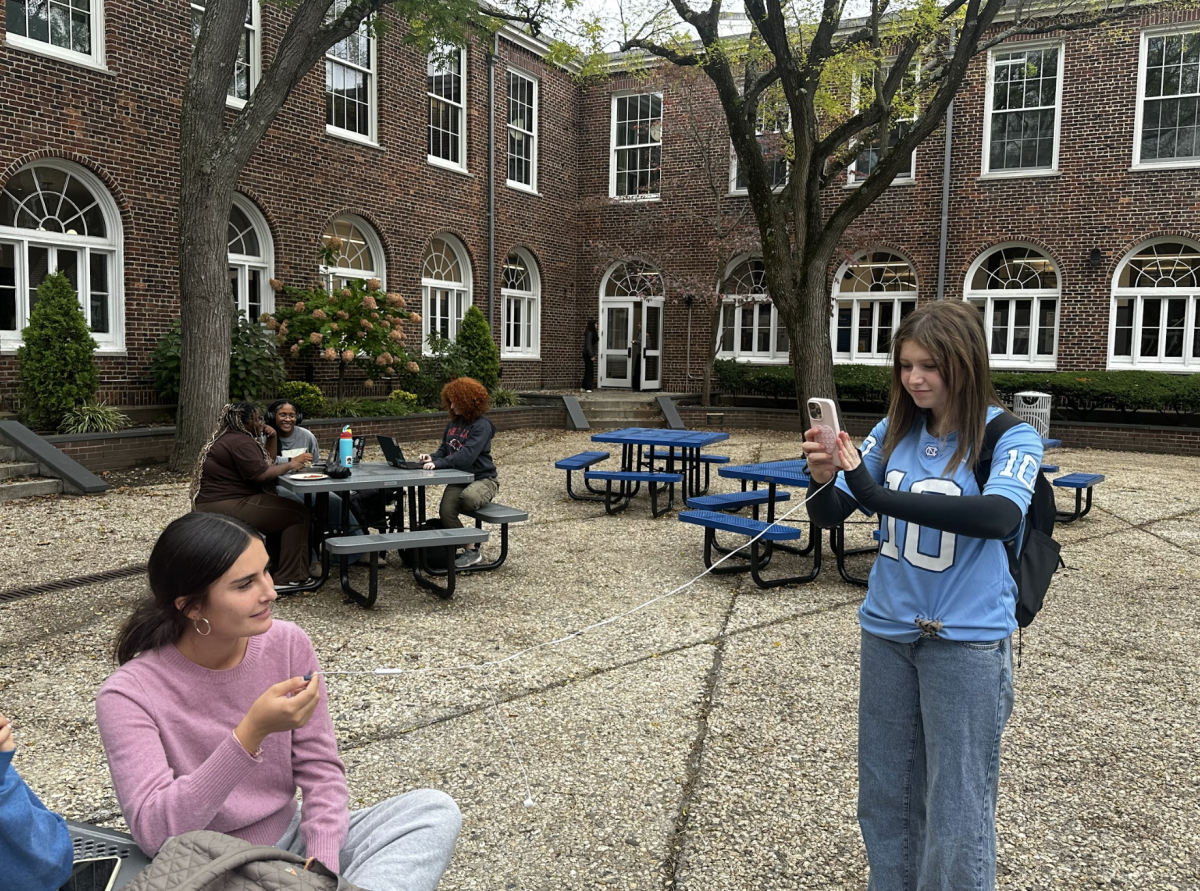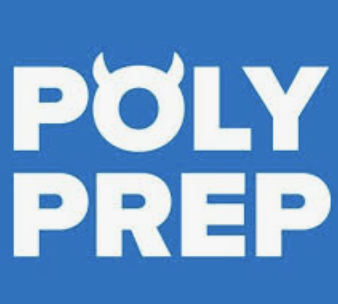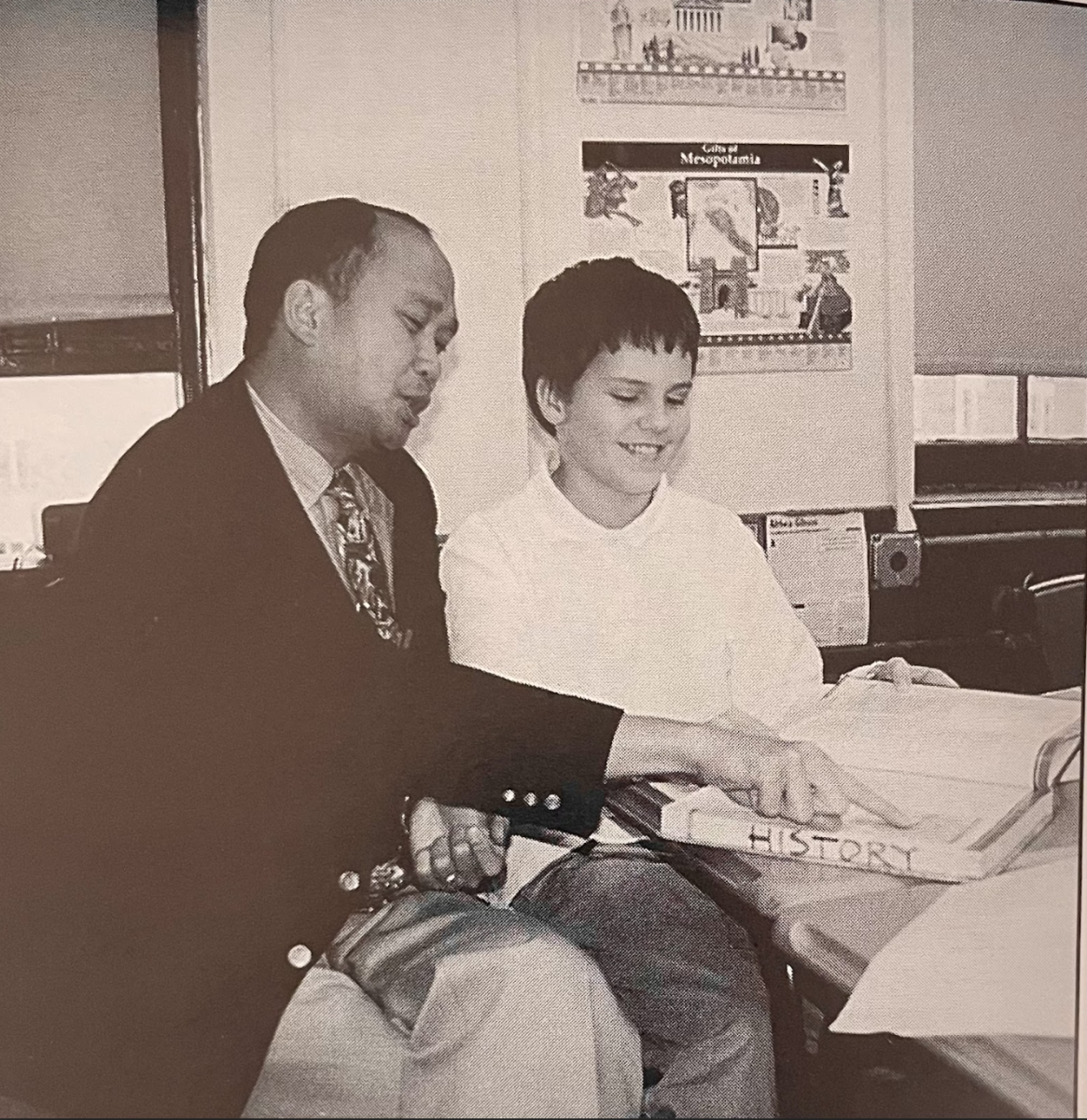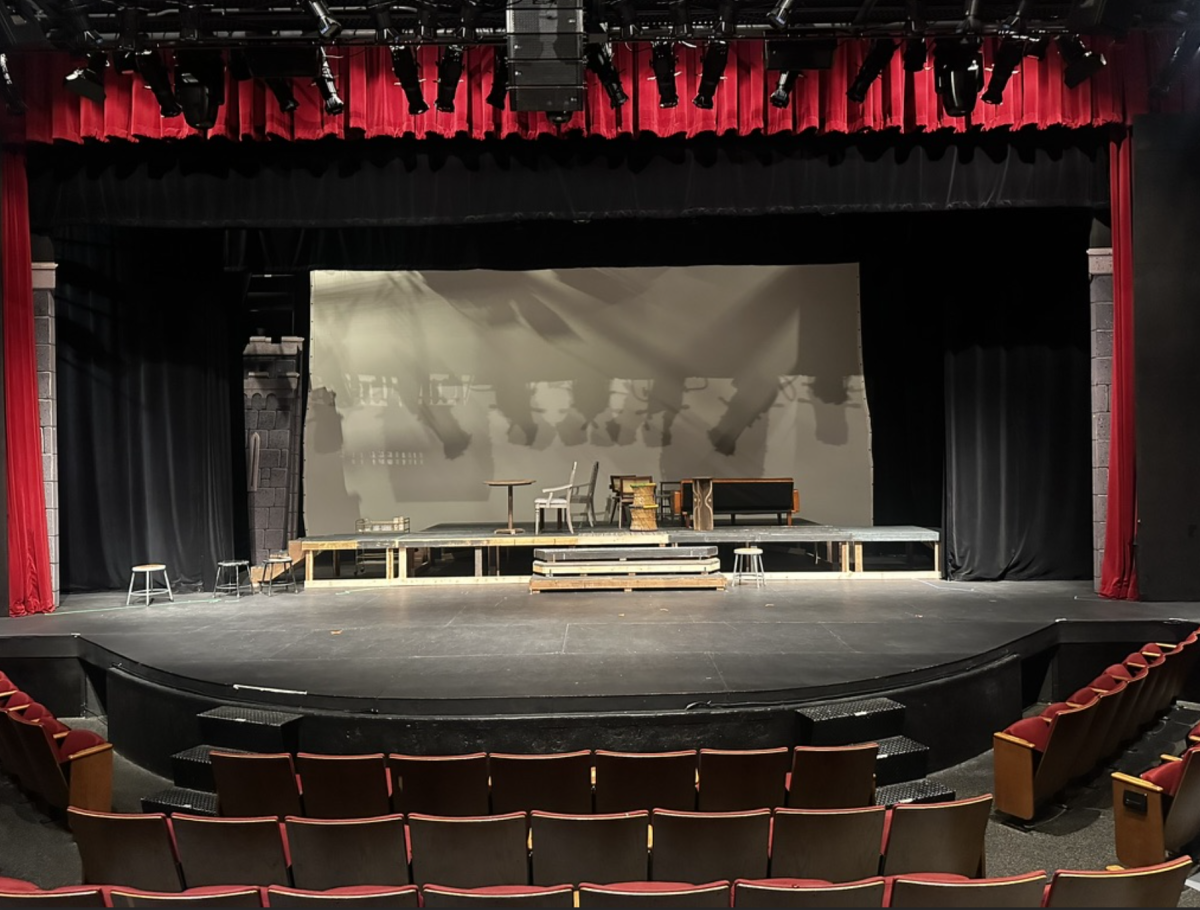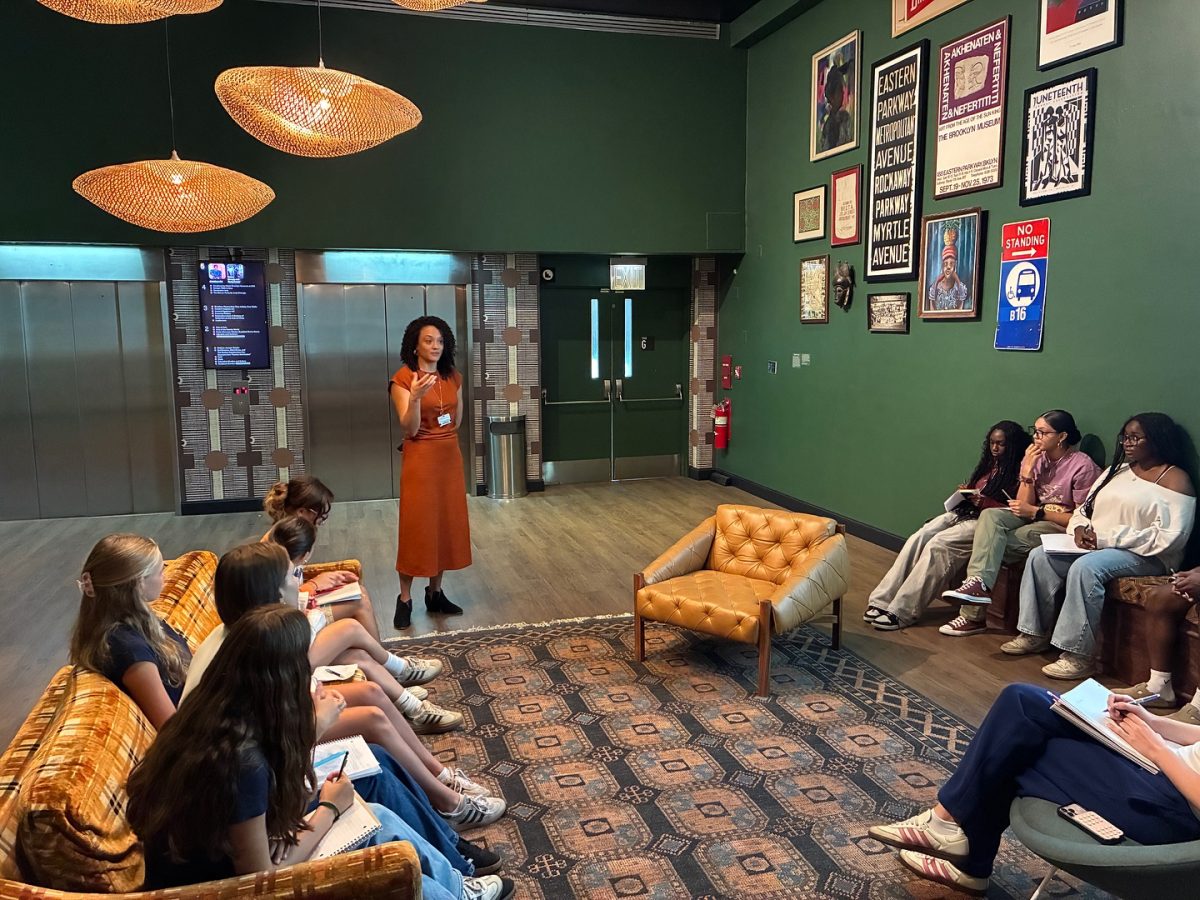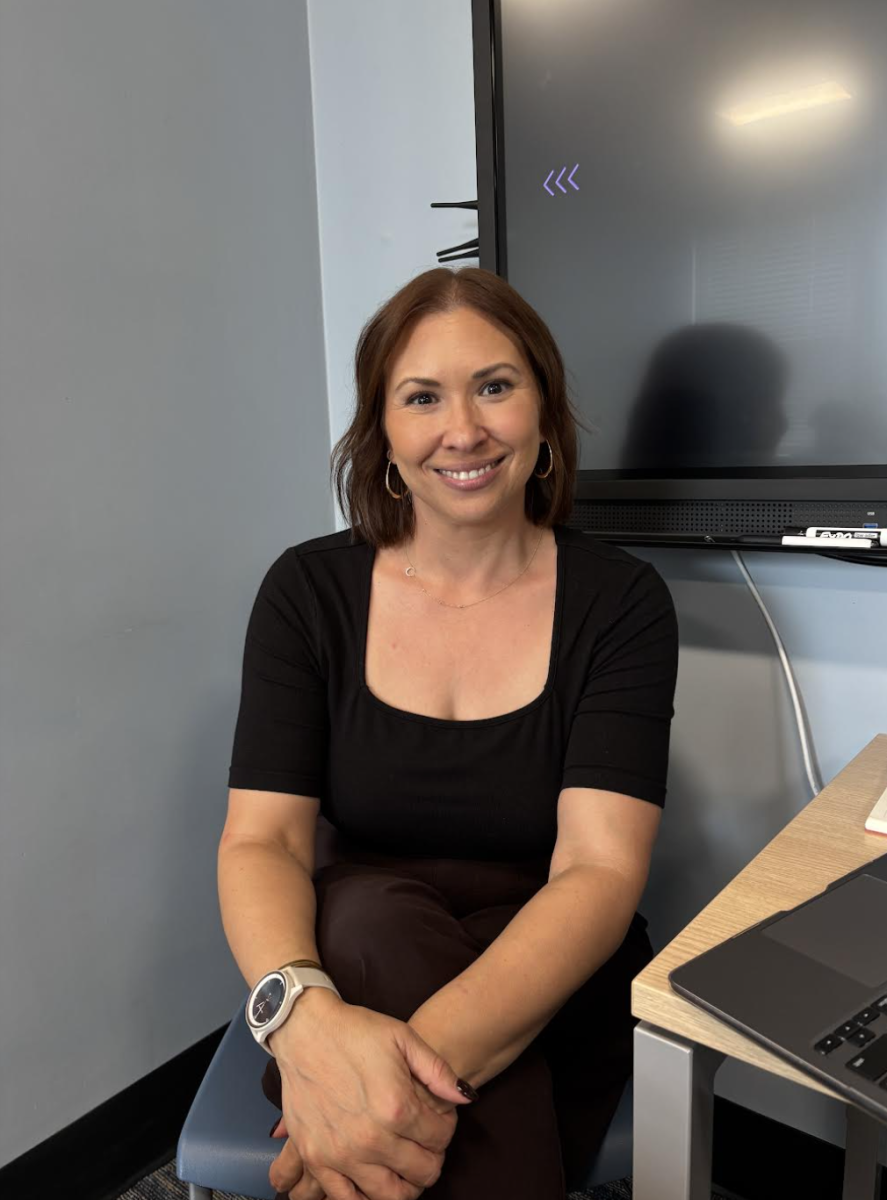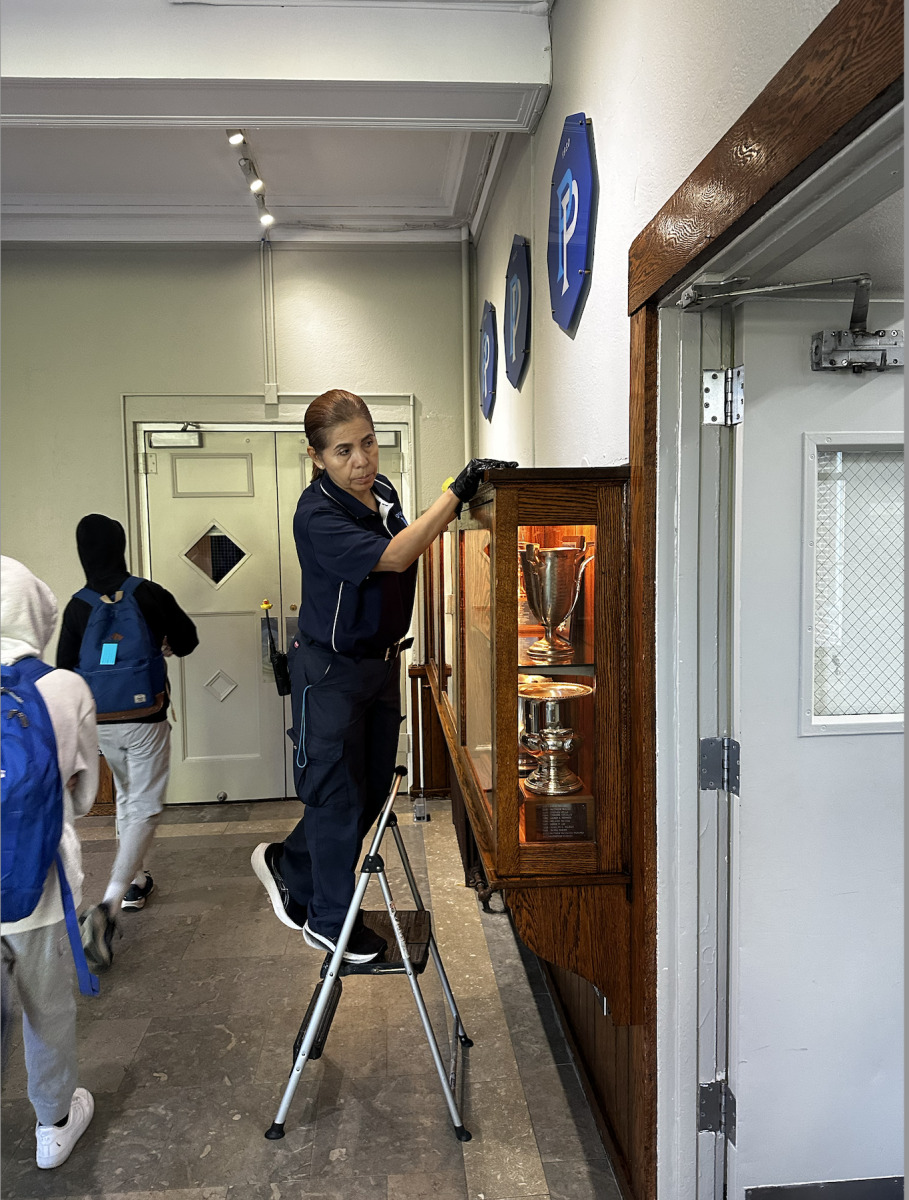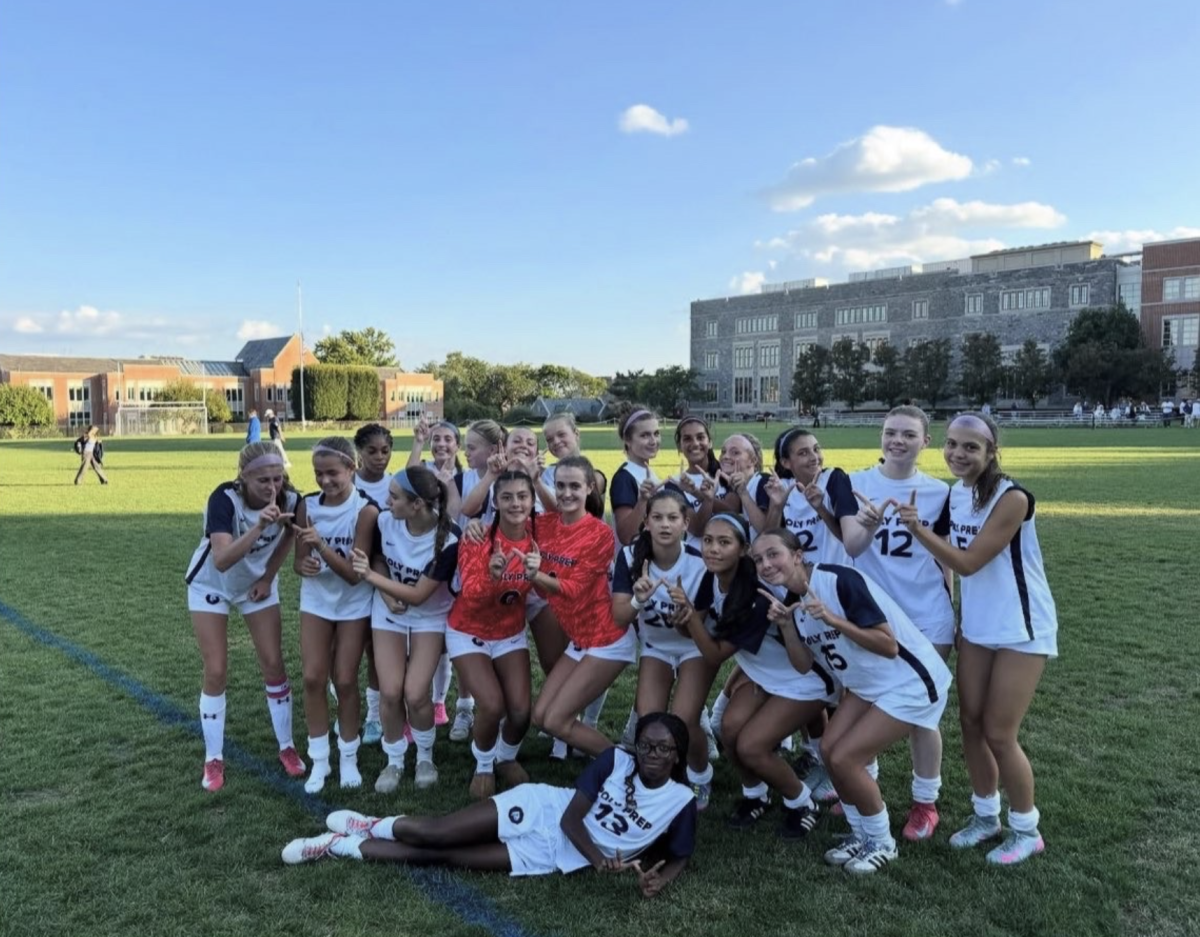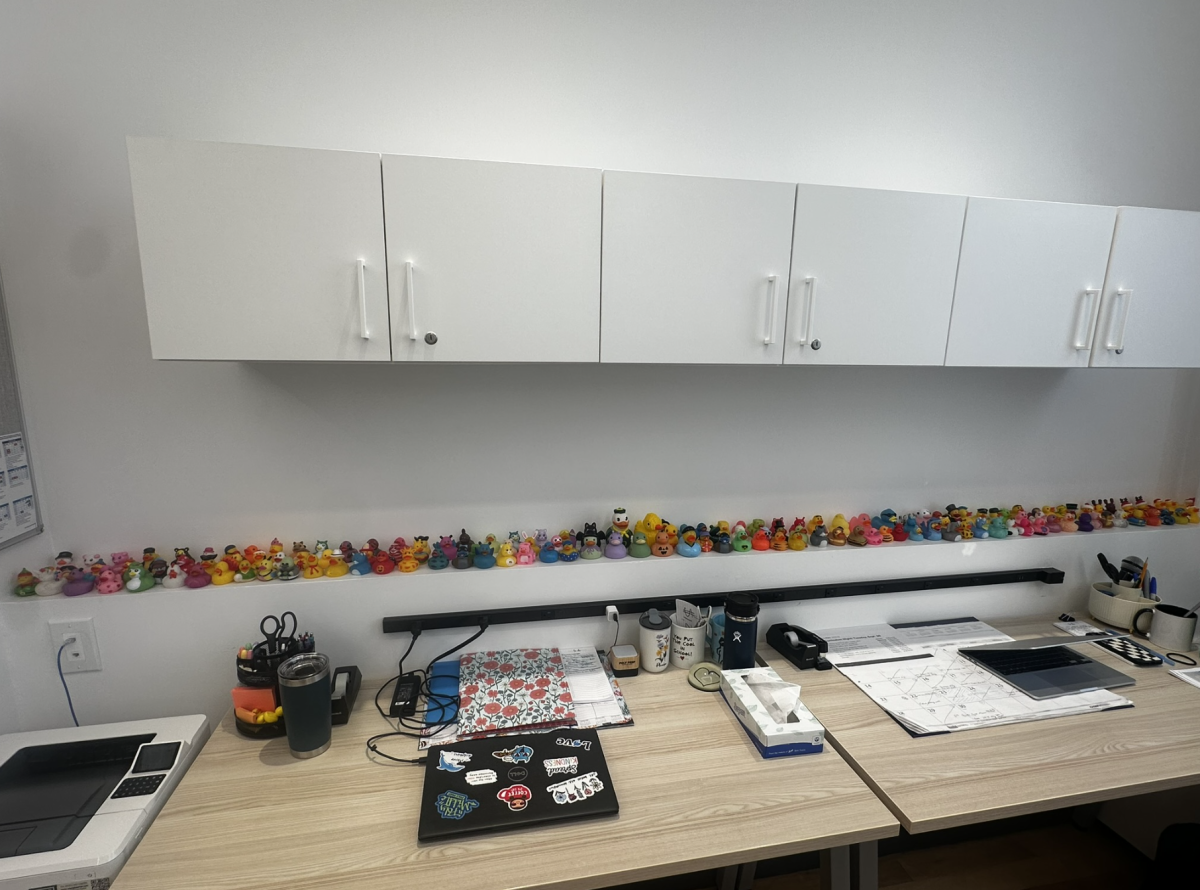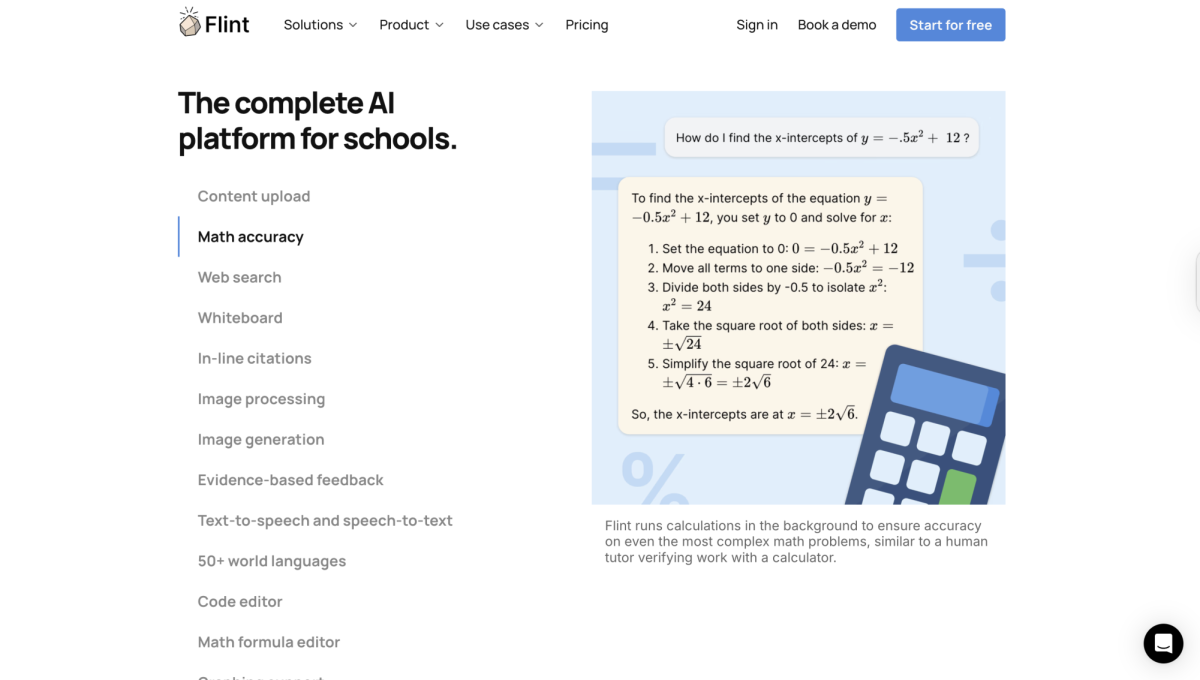Midterm exams, the famously rigorous mid-year evaluations, allow students to assess their
understanding of each course’s material and are a tool for teachers to gauge a student’s
comprehension of the course. Beyond just measuring progress, midterms prepare high school
students for the increased demands of higher education. At Poly, midterm week has undergone
many changes in recent years. What has remained constant, however, is the overarching goal of
preparing students for life beyond high school. By serving as preparation for the intense exam
schedules that students will face in the future, midterms offer a controlled environment to
practice their test taking skills. Head of Upper School Sarah Bates shares, “I think for them
[students], it’s a good experience, [midterm week], where that’s all that you’re responsible for
the week. That’s what happens in college, so it’s good practice for you all.”
Midterm week has changed in a variety of ways in the past 10-15 years, most
significantly in terms of scheduling. Before COVID, the midterm schedule coincided with the
class schedule, as there were much fewer semester-long courses then compared to now. “We had
midterms the week before winter break.” Bates said. We had a lot more courses at that point in
time that were truly year long courses. We didn’t have as many semester-long courses, so that
became sort of a natural breaking point [in the year] to have exams.”
At the start of the 2021-22 school year, midterm week began to take place after winter
break, giving students ample time to relax and prepare for their upcoming exams. This schedule
change only further imitated the exam style that is used by many colleges. Upper School Deans
Department Chair and Director of College Guidance Emily Gardiner said, “Many college setups
are like this, and so yes, we are, mimicking a college reading period and exam schedule for
[students].” Similar to Poly, various colleges such as Yale, Kentucky, and Princeton, all offer a
week or longer off to prepare students for their tests. For example, Princeton’s website states, “A
period of approximately 8–9 days immediately preceding final examinations in each term is set
apart to give students time in which to consolidate coursework or to extend reading and
investigation in accordance with their interests.” This makes the midterm experience at Poly all
the more authentically similar to college exams, something that benefits students long-term.
“I think there’s a general consensus that a midterm has value,” Gardiner expressed. “And
I expressed what I believe the value is, which is [the process of] acquiring skills for college, and
feeling at the very least rehearsed at taking cumulative exams, even if you don’t feel perfectly
comfortable all the time.”
Midterms act as a checkpoint for both educators and students, allowing for adjustments to
be made to develop things such as good study habits for long-term success. “Midterms allow
students and professors to assess progress in the course. If every student happens to fail the
midterm, then the professor will know that something needs to change. More positively, if a
student does well, then they know to keep up with the same habits,” according to an article by
the University of Connecticut newspaper. This is important for students who are in 11th or 12th
grade, as they are either in the process of taking a standardized test to apply for college, or can
use these midterms as practice for when they are in college. “I think that [midterms] are good
practice because they’re such a long exam and there’s a lot of material on every midterm,” said
Junior Brody Smith. “At most colleges, your grade comes down to your final exam, and
midterms are kind of a simulation of that, [which is why] I think they’re going to be helpful for
the future.”
Midterms at Poly have changed, yet their core function has remained just about the same:
to allow students to have an accurate representation of their progress and be better prepared for
higher education challenges. Now, with changes such as moving the exams after winter break
and adopting a college-style preparation period, midterms closely resemble the rigor and
structure of university-level assessments. These adjustments will help students develop the
necessary skills and confidence to take on more significant academic challenges in the future. “I
think there’s a general consensus that a midterm has value,” Gardiner expressed. “And I
expressed what I believe the value is, which is [the process of] acquiring skills for college, and
feeling at the very least rehearsed at taking cumulative exams, even if you don’t feel perfectly
comfortable all the time.”



